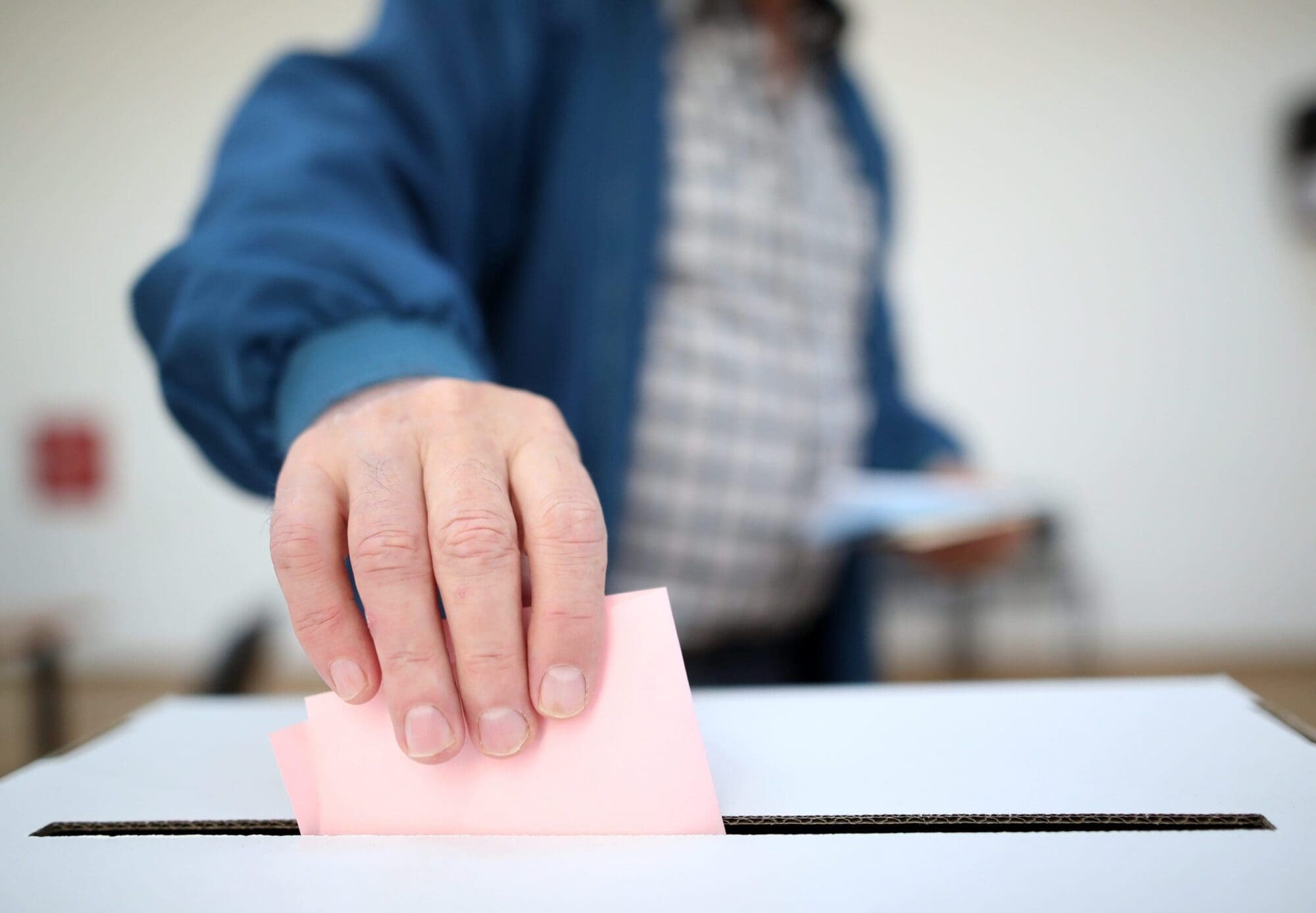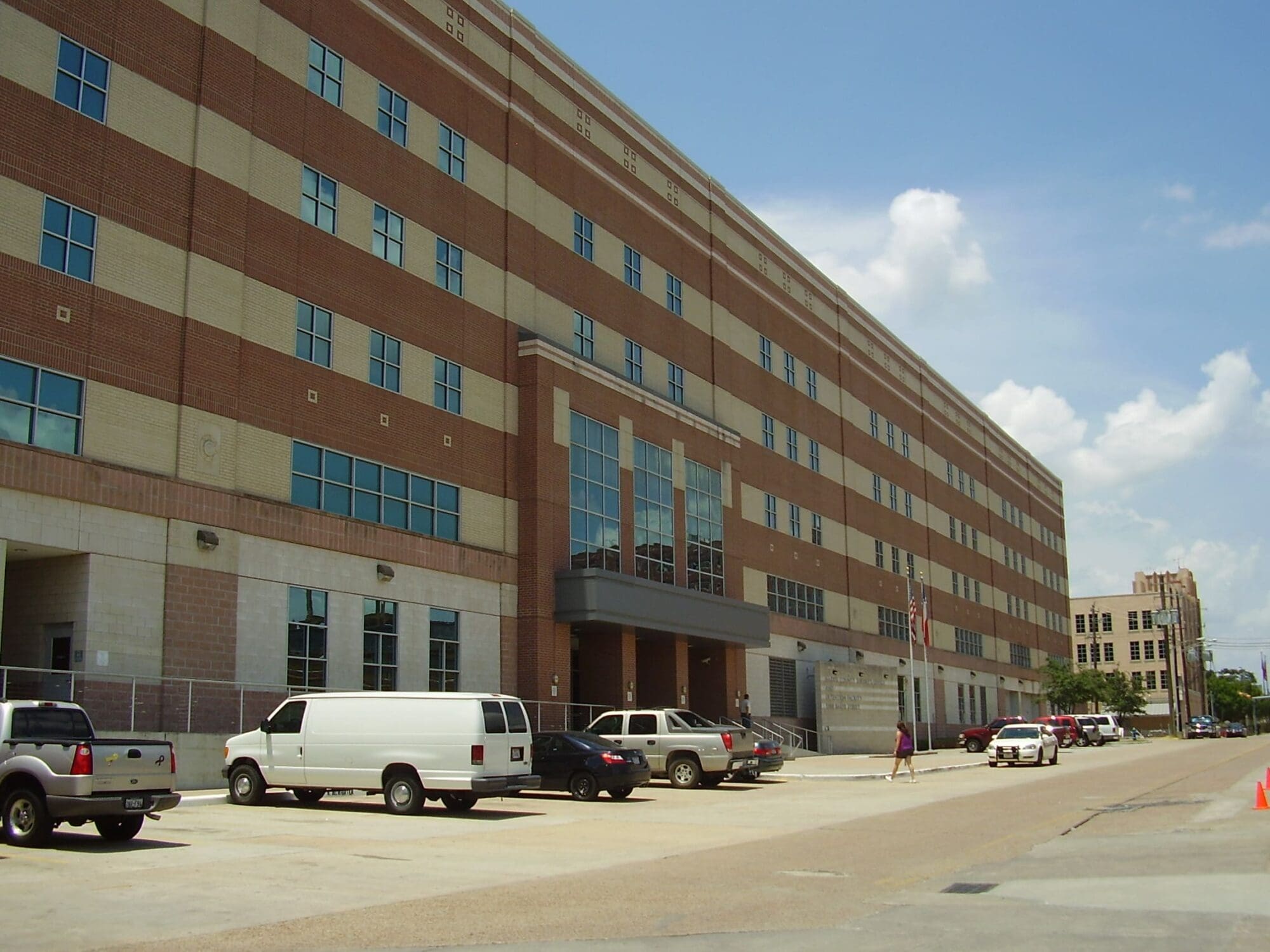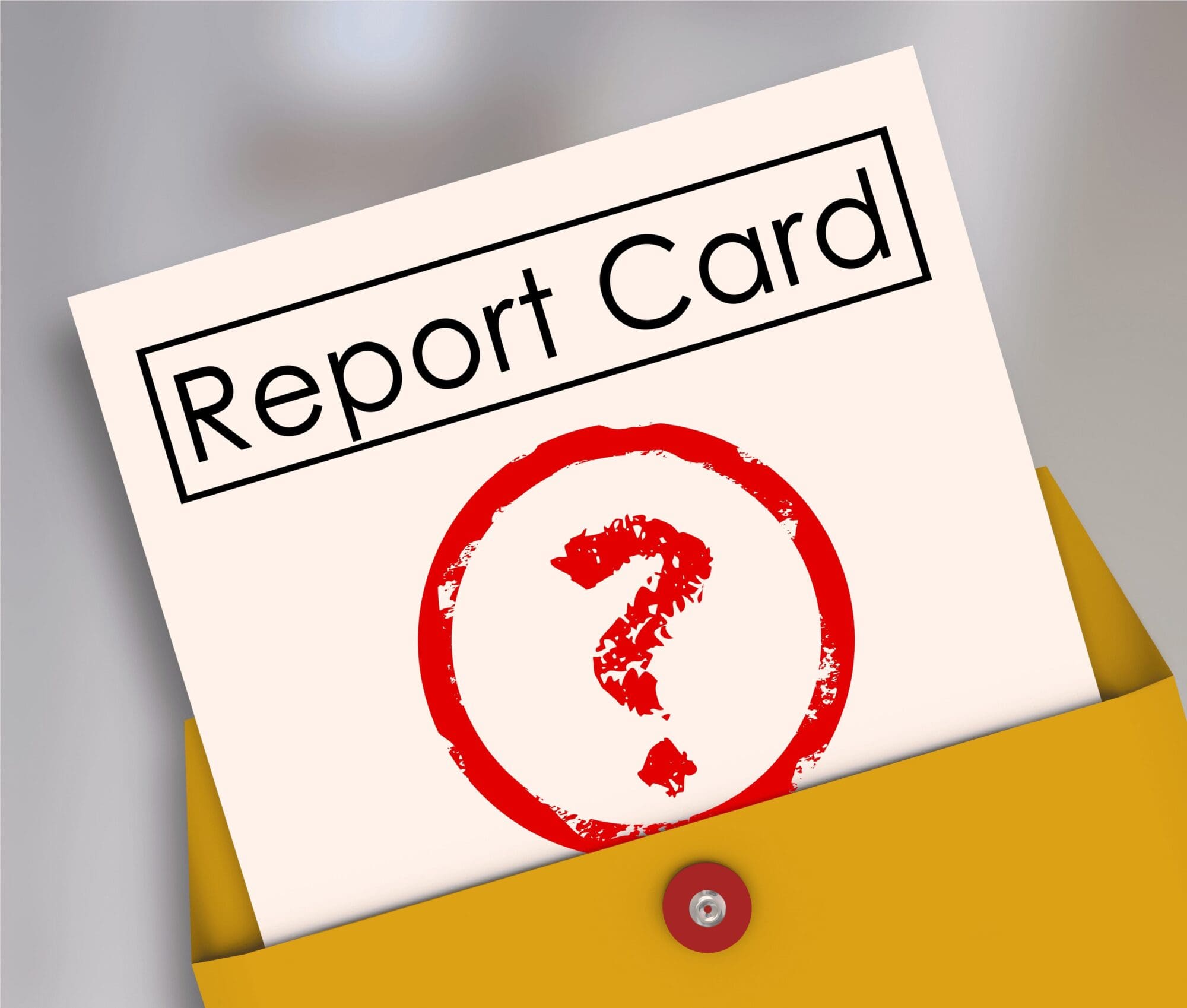Williamson County officials have voted to use hand-marked ballots in the November 2025 election, just two weeks after officials in Collin County made a similar decision.
In a 5-0 vote, County Judge Steven Snell and Commissioners Terry Cook, Cynthia Long, Valerie Covey, and Russ Boles approved a plan to eliminate the use of ballot marking devices and transition to ballot-on-demand printers.
Some election security advocates believe that on-demand printers are more secure because ballot marking devices use barcodes that tally votes, which cannot be verified.
The new system will print ballots “on demand” as voters check in at polling places. Voters will then hand-mark each selection on the ballot.
Commissioners also voted to apply for a HAVA grant to help with the cost of the devices.
The HAVA grant program, originating from the Help America Vote Act of 2002, enables local jurisdictions to meet the minimum federal election standards set by the U.S. Election Assistance Commission.
A grant for ballot-on-demand printers was introduced after a March 25 executive order by President Donald Trump called for election officials to implement “voter-verifiable” paper ballot records and to stop using ballots containing voter information within a “barcode or QR code.”
While the grant only covers approximately $52,000 of the $1.1 million cost, County Elections Administrator Bridgette Escobedo told commissioners that she would seek to have more of the cost covered by the federal agency.
“We were notified by the [Texas] secretary of state’s office that the State of Texas has about $10 million in HAVA funds available for the entire state,” said Escobedo, who introduced the two resolutions related to the implementation and procurement of the new devices.
“They rolled out their grant program about two weeks ago and told us that we had to have this resolution before the [commissioner’s] court submitted to the secretary of state’s office by the end of the month,” she added.
According to Escobedo, “There will be no connection between the electronic poll book and the printer” under the new system.
Election workers will print a ballot for voters to fill out, which voters will then mark with a pen and hand back to election workers who will scan the ballot, she explained.
Escobedo also assured commissioners that the county elections office is preparing for potential backlogs of people checking in, and has already “created a mock polling location” to work through best procedures.
Covey asked Escobedo about concerns that, due to the pre-numbering and signature verification process, individuals would be able to determine how someone else voted.
Escobedo said that the elections office was in contact with the secretary of state’s office on how to handle the problem, noting that there are various possible solutions, including rearranging or shuffling the ballots before placing them into the machine.
The ballot-on-demand printers will be provided by Election Systems and Software, LLC, according to one of the resolutions. ES&S is certified by the Texas secretary of state’s office as a voting machine vendor.
Collin County officials moved their plan forward earlier this month to use hand-marked ballots in the November 2025 election.
Escobedo noted that some counties in Texas, including Bastrop and Cameron, are already using on-demand voting systems, while others have recently moved in that direction. In addition, Denton County utilizes Hart’s ballot-on-demand voting system.
Christine Welborn, president of the secure elections advocacy organization Advancing Integrity, told Texas Scorecard that Williamson County made the right move in joining the bunch.
“I applaud Williamson and the other counties that have taken swift action to comply with the executive order and the Texas secretary of state by adopting ballot on demand systems,” stated Welborn.





